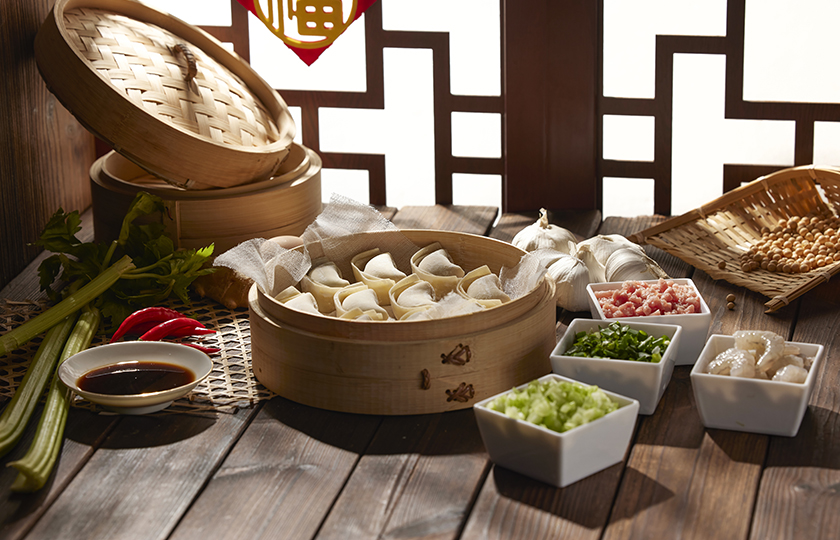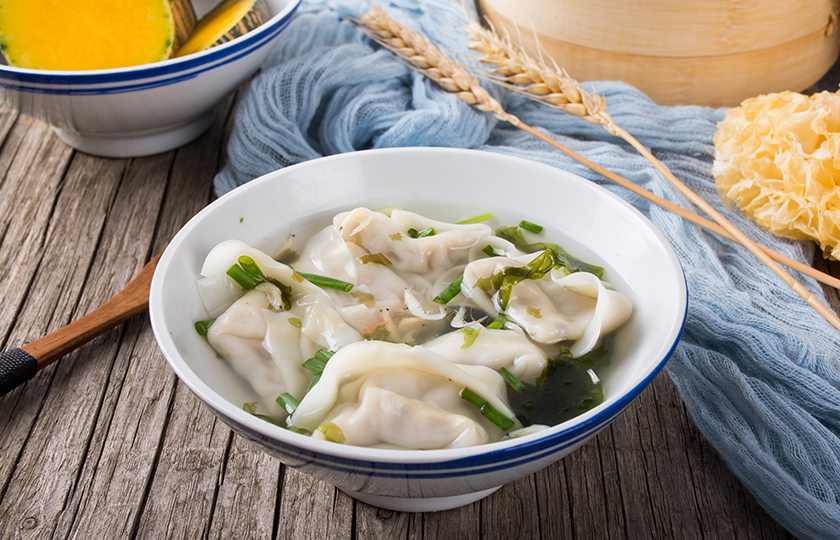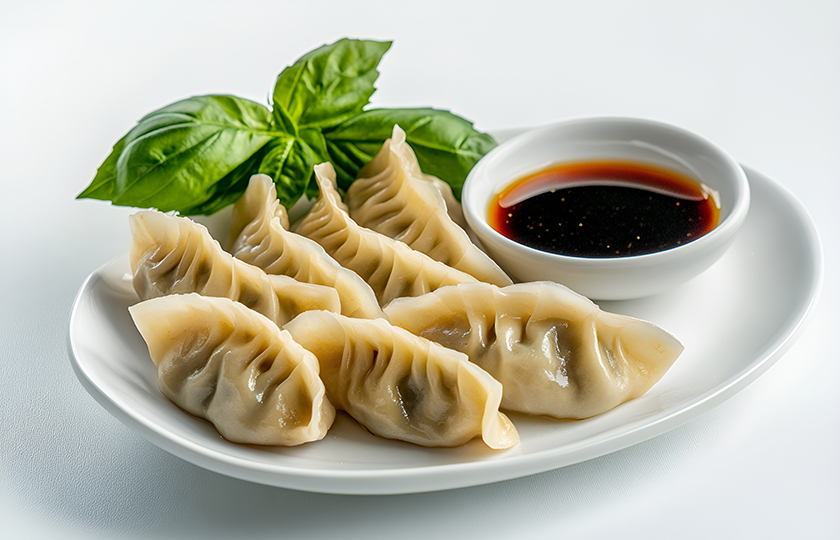What's the Difference Between Wontons and Dumplings? A Quick Guide

Both wonton and dumpling are traditional Chinese delicacies and are widely loved by people all over the country.
They seem similar but there are many differences, including fillings, shapes, eating methods and regional cultures.
So, what are the differences between wonton and dumpling? Let's explore them together.
Different names
Dumplings: In ancient times, there were names such as "Lao Wan", "Bian Shi", "Jiao Er", "Fen Jiao", etc.
Wonton: In different regions, it has different names. For example, it is called "Yun Tun" in Guangdong, "Chao Shou" in Sichuan, and "Bao Mian" in Hubei.
Different skins
Dumplings: The skin is relatively thick, round, and has certain toughness and chewiness. The edges of dumpling skins are generally pinched into folds.
Wonton: The skin is relatively thin, mostly square or isosceles trapezoid, and has a transparent look after being cooked. No folds are needed for sealing.
Different shapes
Dumplings: Usually crescent-shaped, and there is also a gold ingot shape.
Wonton: The shape is usually relatively simple, like a small bun or a sealed bag. The shape can be quadrangular, triangular or a simple wrapped shape. It is more tender when eaten.
Different fillings
Dumplings: The fillings of dumplings can be very diverse, usually including pork, beef, chicken, shrimp, vegetables, etc., and various seasonings can be added according to personal preferences, such as green onions, ginger, garlic, soy sauce, salt, pepper, etc. The proportion of fillings is usually relatively large, and more ingredients are wrapped.
Wonton: The fillings of wontons are usually relatively simple. Commonly, pork, shrimp or chicken are the main ingredients, with some simple seasonings. The fillings of wontons are usually less than those of dumplings, mainly to highlight the taste of the skin and the taste of the soup base.

Different cooking times
Dumplings: With thick skins and large fillings, they are not easy to be cooked in a short time. During the cooking process, cold water needs to be added 2-3 times. Only after experiencing "three sinkings and three floatings" can they be ensured to be cooked.
Wonton: With thin skins and less fillings, it takes less time to cook.
Different cooking methods
Dumplings: Just boil them in plain water and take them out and eat with dipping sauces. There are also various cooking methods such as steamed dumplings and fried dumplings (potstickers).
Wonton: When cooking, ingredients such as dried shrimps and laver will be added and can be eaten directly without dipping sauces.
Difference in soup base
Dumplings: Generally, there is no soup. More often, it is served as a main dish or side dish. The ingredients and seasonings are often matched on a plate.
Wonton: Wontons are often eaten as a soup, especially in breakfast in the morning, and are often matched with light broth or chicken soup.

Different eating methods
Dumplings: The common eating method is to eat with dipping sauces such as vinegar, minced garlic, and soy sauce. Especially during the winter solstice and Spring Festival, dumplings are traditional seasonal foods.
Wonton: Usually eaten as a soup, eaten directly with the soup, or some side dishes and chili oil can be added for seasoning.
Regional culture
Dumplings: They are more traditional in northern China and are staple foods and local snacks of northern people.
Wonton: It has been developed and expanded in southern China and has an independent style.























